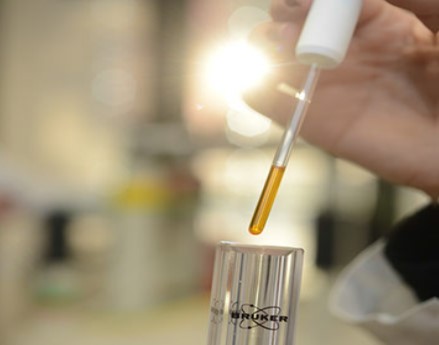About 2 to 3 percent of the population in Germany suffer from psoriasis. The probability of developing additional psoriatic arthritis is very high in this group of patients: about 20 to 30 percent of patients suffering from psoriasis develop such a musculoskeletal systemic disease. With a focus on early diagnosis of the first inflammatory changes in psoriatic arthritis, this project aims to develop a combined biomarker from clinical data, innovative imaging, and serological biomarkers.
Early diagnosis of subclinical arthritis
Development of a combined biomarker profile from innovative imaging data and liquid biopsy-based RNA analyses for early diagnosis of subclinical arthritis in risk populations
Early diagnosis of immune-mediated diseases is difficult
In most cases, targeted therapy of these clinical conditions is not performed until they have reached an advanced stage in which chronic damage may already be present. Early diagnosis of immune diseases plays an important role, in particular in the context of individualized therapy strategies. This requires the identification of specific characteristics of early forms of the disease in the form of combined biomarkers to enable sensitive diagnosis of such immune diseases.
New method: innovative imaging technique as a potential new marker
Various sensitive or specific techniques for early diagnosis of immune diseases are available to the physician in everyday clinical practice. The decision as to whether a patient has a particular disease is made based on an evaluation of combined disease activity data, for example, from clinical examinations and conventional imaging procedures such as X-ray or ultrasound. With this approach, the experience of the clinical specialist plays an important role. The methods that could provide added value for early diagnosis are limited.
New diagnostic methods include innovative imaging techniques to visualize early finger joint microcirculation disorders as a sign of inflammation, but also biomarkers derived from patients' plasma and serum. Currently, innovative imaging is rarely used in clinical routine.
The research interest is multi-layered
In addition to the development of combined biomarkers, the research interest in this project is to optimize the objective evaluation of the results obtained with different imaging methods. The aim for the end of the project is to have a combined biomarker profile of imaging data and serological data specifically indicating psoriasis and psoriatic arthritis as well as early forms of psoriatic arthritis. This will allow not only its diagnostic use in clinical routine but also a deeper insight into the pathogenesis, especially of the transitional forms from skin manifestation to musculoskeletal involvement of this specific disease.
Pooling four core areas of expertise of the participating Fraunhofer Institutes
1. Clinical studies – performance of Germany-wide, multi-center studies by Fraunhofer ITMP:
Evaluation of the value of innovative imaging in the early diagnosis of psoriatic arthritis (PsA) in patients with dermatologically confirmed psoriasis vulgaris and a risk of developing PsA.
2. Biomarker search – analysis of liquid biopsy samples by Fraunhofer ITEM and Fraunhofer IZI:
Analytical methods for liquid biopsy samples for diagnostics and biomarker search will be established based on a large repertoire of methods for various analytes (cells, cell-free DNA and RNAs, exosomes).
3. Software development – implementation of software models by Fraunhofer FIT and Fraunhofer IGD:
Development of visualization and evaluation software for different imaging methods.
4. Big Data – evaluation of the large quantities of data by Fraunhofer IAIS:
Development of evaluation algorithms in the sense of data mining/machine learning strategies in order to analyze data from the various projects.
Outlook
The overall objective of this project is to bring together all the data obtained in order to establish a combined biomarker profile from serological and imaging data that can be used for the at risk population in the future. The aim is to ensure early diagnosis and optimal patient care.
The project will be subdivided into two different project packages, which will be reunited in the disease-related analysis at the end of the project:
- Development of a serological biomarker profile from EDTA whole blood, plasma and serum samples for the differentiation of psoriasis vulgaris and psoriatic arthritis as well as for early diagnosis of subclinical arthritis using the example of psoriatic arthritis
- Objective and optimized evaluation of the data collected with different imaging techniques
 Fraunhofer Cluster of Excellence Immune-Mediated Diseases
Fraunhofer Cluster of Excellence Immune-Mediated Diseases

